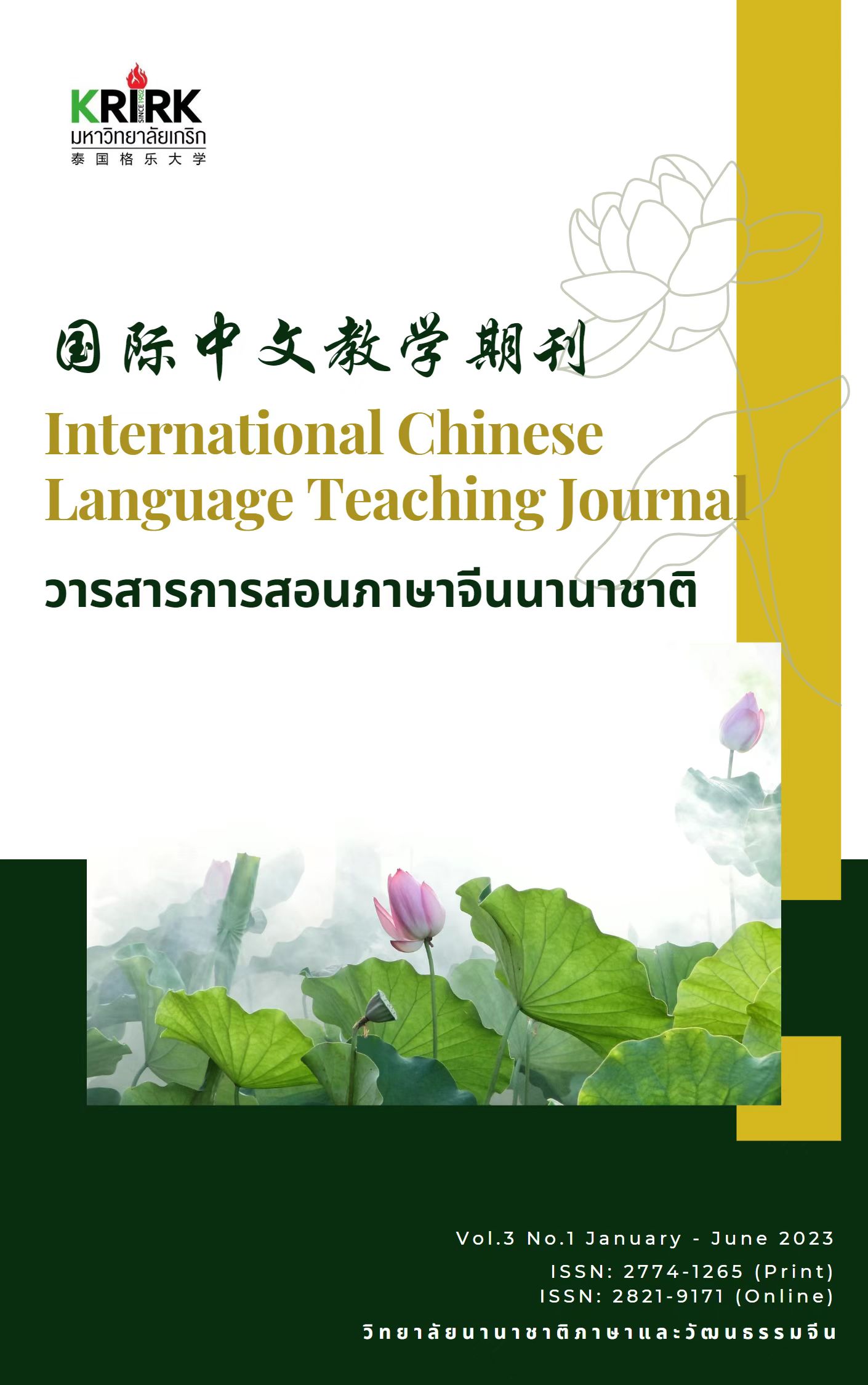《庄子》与《伊索寓言》中动物词“马”的文化形象对比 与跨文化分析
关键词:
“马”, 对比分析, 象征意义, 跨文化对比, 原因分析, 《庄子》, 《伊索寓言》摘要
《庄子》和《伊索寓言》中都存在着大量的动物词,本文选取《庄子》和《伊索寓言》中都比较常见的动物词“马”,通过中外的文献来进行对比分析从动物词“马”的基本义、引申义到所体现的文化内涵最后进行跨文化的分析,从而得出任何一种语言中的动物词都不仅仅是动物形象的符号代表,而是具有文化内涵的,因此我们在进行跨文化交际时,不仅要从历史文化、宗教和语言方面来分析产生文化差异的原因,更要了解其深层的文化内涵,通过文化背景来把握词汇。
参考
陈恒(2002)。古希腊文明特征新论。上海师范大学学报(哲学社会科学版),31(2),49-57。
陈希洁(2011)。汉英语言中动物文化内涵的跨文化解读。燕山大学学报(哲学社会科学版), 12(004),127-130。
程裕祯(2010)。中国文化要略。外语教学与研究出版社。
李贞慧, 刘国斌(2007)。英汉词汇的文化内涵和跨文化交际的关系。教学与管理(理论版), (06),98-99。
刘丽华(2011)。 论《庄子》中动物意象的价值蕴涵。学术交流, 000(012),177-179。
罗竹风(2001)。汉语大词典。上海:汉语大词典出版社。
宁惠萍(2003)。跨文化交际与词汇文化内涵。太原师范学院学报:社会科学版, 002(004),88-89。
尚秀叶(2008)。汉英动物词汇文化内涵对跨文化交际的影响。太原科技大学学报, 29(002),133-135。
裔昭印(2010)。世界文化史:增订版。北京大学出版社。
(古希腊)伊索,刘焱编译(2010)。伊索寓言。吉林出版集团有限公司。
高竞艳(2018)。庄子译注评。武汉:崇文书局。
[清]王先谦。《庄子集释》,王孝鱼点校(2013)。北京:中华书局。
[东汉]许慎。说文解字(2013)。北京:中华书局。
祖晓梅(2010)。跨文化交际。北京:外语教学与研究。
Davis, A. (1998). Horsepower: The Image of the Horse, 1815-1910. Reaktion Books.
Han, Y. (2017). On the Image of the Horse in Aesop's Fables and Zhuangzi. Journal of Yulin Normal University, 38(2), 107-110.
Liu, F. (2016). Comparative Study of Pre-Qin Philosophical Fables and "Aesop's Fables." Master's thesis, Guizhou Minzu University.
Liu, H. (2018). Study on Animal Imagery in "Zhuangzi." Master's thesis, Zhengzhou University.
Liu, W. (2015). Cultural and Ideological Transformations: A Comparative Study of Aesop’s Fables and Zhuangzi’s Fables. International Journal of English Language, Literature, and Humanities, 3(6), 248-257.
Shi, R. (2017). The Philosophical Significance of Animal Imagery in "Zhuangzi." Journal of Liupanshui Normal University, 029(004), 31-34.
Thompson, R. (1999). The White Horse in Selected Fables and Parables from the Zhuangzi. In J. Wang (Ed.), Perspectives on the Zhuangzi (pp. 267-288). University of Hawai'i Press.
Wang, S. (2019). The Horse Imagery and its Artistic Influence in "Zhuangzi." Journal of Zhoukou Normal University, 36(1), 23-28, 41.
Xin, Y. (2014). Comparative Study of Metaphorical Chapters in "Zhuangzi" and "Aesop's Fables." Master's thesis, Yangzhou University, Yangzhou.
Ye, F. (2017). A Comparison of "Aesop's Fables" and Fables in "Zhuangzi." Extracurricular Chinese Language, 2017(4), 180-180.
Yim, T. (2011). Comparative Analysis of Aesop’s Fables and Zhuangzi: A Study in Cross-Cultural Transmission. Procedia - Social and Behavioral Sciences, 15, 2996-3001.
##submission.downloads##
已出版
##submission.howToCite##
期
栏目
##submission.license##
##submission.copyrightStatement##
##submission.license.cc.by-nc-nd4.footer##





